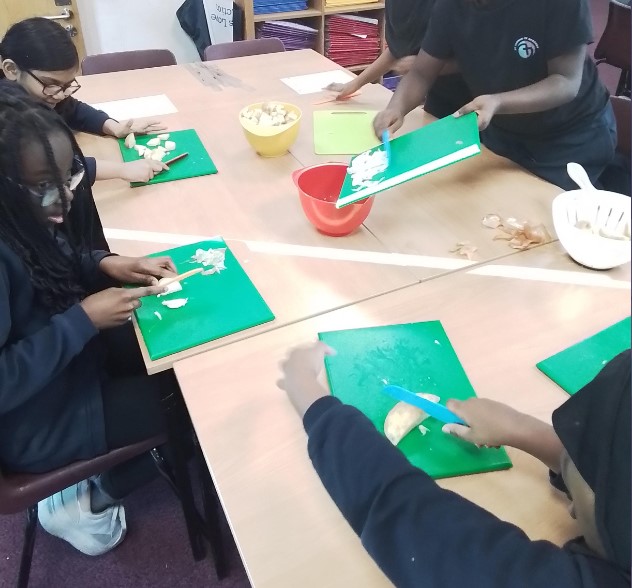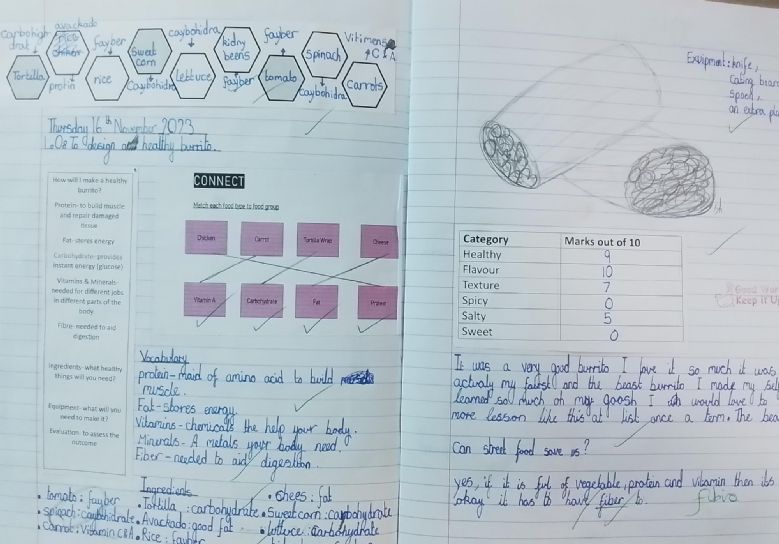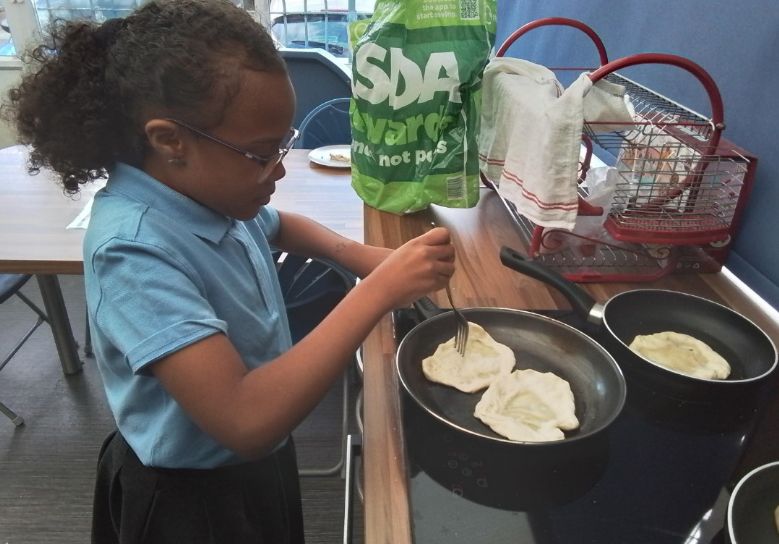Design & Technology (DT)

intent
As a school, we have chosen to use CUSP for teaching design and technology. CUSP Design and Technology is the most recent of our highly impactful CUSP subjects, which include science, geography, history and art and design.
CUSP Design and Technology is carefully built around the principles of evidence-led practice. This is to ensure that pupils are equipped to successfully think, work and communicate like a designer. Unapologetically ambitious, our curriculum focusses on excellence in this subject through a range of disciplines and by referencing outstanding practitioners in this field. The intention is that the exceptional teacher instruction inspires pupils to acquire knowledge as designers and technologists and enables them to skilfully apply their understanding.


implementation
The CUSP Design and Technology curriculum is organised into blocks with each block covering a particular set of disciplines, including food and nutrition, mechanisms, structures, systems, electrical systems, understanding materials and textiles. Vertical progression in each discipline has been deliberately woven into the fabric of the curriculum so that pupils revisit key disciplines throughout their primary journey at increasing degrees of challenge and complexity. In addition to the core knowledge required to be successful within each discipline, the curriculum outlines key aspects of development in the Working as a Designer section. Each module will focus on promoting different aspects of these competencies. This will support teachers in understanding pupils’ progress as designers more broadly, as well as how successfully they are acquiring the taught knowledge and skills.
Each lesson follows the CUSP structure:
-
Connect: Consolidation of previous learning- prerequisites visited to ensure prior knowledge is embedded.
-
Vocabulary: Explicit teaching of unit vocabulary.
-
Explain: Explicit teaching of new knowledge.
-
Example: Live Modelling of new learning (I Do.)
-
Attempt: Guided Practice of new learning (We Do) – Check for understanding.
-
Apply: Independent application of new learning (You Do.)
-
Challenge: Opportunities for deepening their learning and scientific enquiry.

Impact
Progression and Assessment in KS1 and KS2:
The assessment of pupils is formative and is based on pupil outcomes and questioning from each lesson. The following can be used to assess pupils’ knowledge and application of skills and techniques as well as their understanding and use of relevant vocabulary.
• Expectations for each block are made explicit on slide one, e.g. At the end of this block, pupils will know how to waterproof cotton fabric and which fabrics are both functional and hard wearing.
• The Point of reflection section specifies the expected outcomes for each lesson.
• The Questions for assessment section in each block provides specific questions to be used with pupils to elicit their level of understanding of tools, techniques and effects, e.g. How have the properties of the cotton changed? Is the cotton now more or less functional?
• The Oracy and Vocabulary tasks provide ample opportunities for teachers to evaluate pupils’ ability to: - use the language of design and technology effectively; - explain techniques, skills and processes; - evaluate their own and others’ work.
• The vocabulary quiz provides an opportunity for teachers to assess pupils’ deeper understanding and application of the technical vocabulary covered in the block.
• The exemplifications demonstrate the expected standard against which teachers can assess pupils’ work.

The best form of assessment in design and technology is at the point of delivery, while pupils are working. This helps us to understand pupils’ development as designers, rather than their ability to produce a prescribed end outcome. By encouraging pupils to articulate their thinking and reflections, we can understand which aspects of design and technology may require additional teaching and reshaping teaching to support this.

